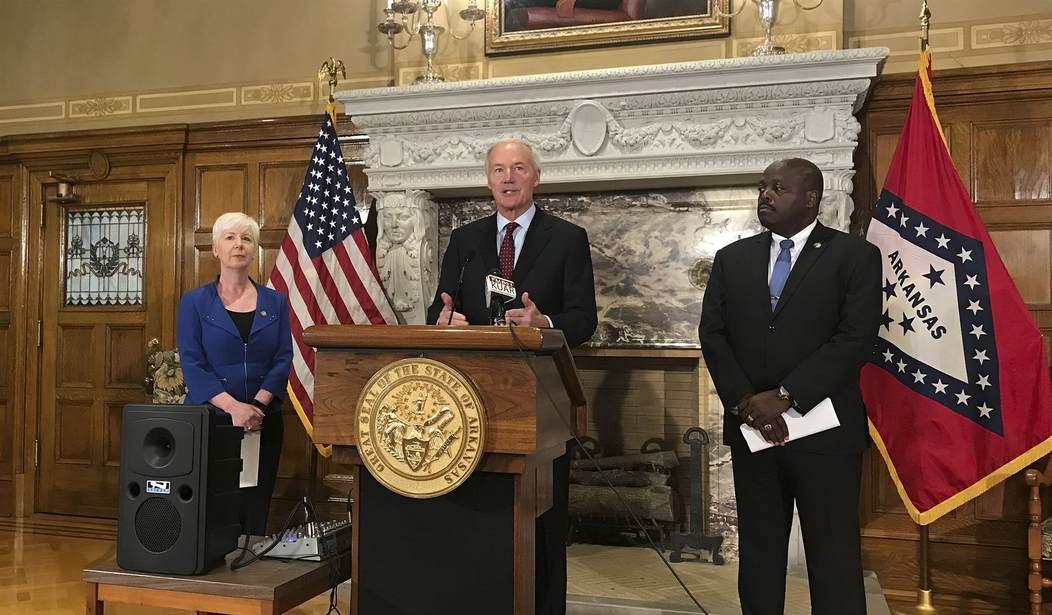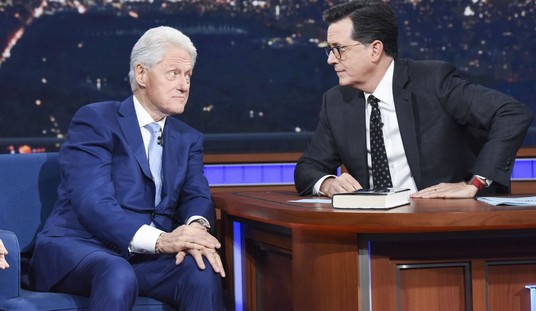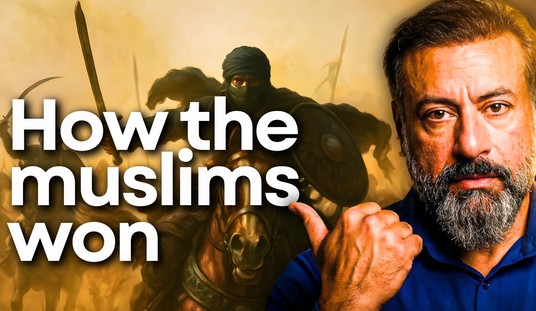On Sunday, Gov. Asa Hutchinson (R-Ark.) defended his decision against issuing a stay-at-home order to slow the spread of the Wuhan coronavirus, noting that projections and modeling have lost credibility and pointing out the economic devastation of the lockdowns in other states. While Arkansas is experiencing a second spike in COVID-19 cases, the governor noted that the increase is “fairly modest” and that the state has fewer than 100 people hospitalized with the coronavirus.
“When I said that there’s a second spike that we’re seeing, it’s really hard to know exactly where these projections are going. The projections and modeling [have] lost a lot of credibility,” Hutchinson told CNN’s Wolf Blitzer. “And so, we’re having to dig deep into the data.”
On closer examination, he argued, “whenever you look at our numbers, our numbers are very modest, low death rate, compared to other states. We have — our hospitalizations are still less than 100.”
Blitzer asked Hutchinson why he decided against issuing a stay-at-home order as other governors had.
“Every governor has to make a decision based upon their own statistics and public health guidance,” the governor insisted. “In Arkansas, it was clear that a stay-at-home order was not going to bring the public health benefit that would be expected because you still have hundreds of thousands of essential workers that are continuing and we didn’t want to add another hundred or two hundred thousand unemployed to the rolls.”
“I think we made the right decision, I think experience is showing us that because now everybody’s opening up, recognizing you cannot shelter-in-place that long,” Hutchinson added. “And you’re also seeing a different pattern in these graphs and in the trend lines from every state.”
Hutchinson was right
Hutchinson was right to be cautious about lockdowns. Thanks to various stay-at-home orders, hundreds of thousands of Americans have lost their jobs. A recent study has found that anxiety from the coronavirus pandemic and from the lockdowns is likely to destroy at least seven times more in years of life than the lockdowns could possibly hope to save.
Lockdowns may have been necessary to slow the spread of the coronavirus and prevent hospitals from becoming overwhelmed in hot spots such as New York City — indeed, Gov. Andrew Cuomo (D-N.Y.) and Mayor Bill de Blasio arguably deserve blame for not shutting down the Big Apple sooner, as the New York City area not only accounts for 32 percent of U.S. cases but also served as the vector through which roughly 60 to 65 percent of U.S. cases originally came. In most states, however, they were likely an overreaction.
Is the Democratic Coalition INSANE? Of Course COVID-19 Deaths Aren’t a ‘Trump Death Toll’
While the coronavirus pandemic has claimed nearly 100,000 American lives, that number is far smaller than the annual death toll from smoking (480,000) and obesity (300,000).
As it turns out, deaths from the coronavirus pandemic are inflated in at least two ways. First, as New York funeral home directors explained, many death certificates mark “COVID-19” as the cause of death even when the deceased had not tested positive for the coronavirus, much less actually died of it. Second, most of those who have died from coronavirus had underlying health problems.
Studies have suggested the coronavirus death rate is below 1 percent, and the Centers for Disease Control and Prevention (CDC) released death rates along those lines. This represents a significant decrease from the original projections and modeling that supported the lockdowns.
The CDC estimated that about 35 percent of coronavirus cases are asymptomatic, and only 0.4 percent of those who come down with symptoms will die. As PJ Media’s Matt Margolis explained, that translates to a 0.26 percent fatality rate for all infections across all age groups, the symptomatic as well as the asymptomatic. Furthermore, even that low death rate of 0.4 percent among the symptomatic is heavily skewed toward the elderly. Here’s the age breakdown:
- 0-49 years old: .05%
- 50-64 years old: .2%
- 65+ years old: 1.3%
- Overall ages: .4%
The elderly and those with pre-existing health problems are most likely to die from the virus. As San Diego County Supervisor Jim Desmond put it, “we’ve unfortunately had six pure, solely coronavirus deaths” out of the roughly 190 deaths reported for San Diego, California. Most of those who died had comorbidities that make them more vulnerable, such as central obesity, high blood pressure, high cholesterol, insulin resistance, and diabetes.
Each of these deaths is tragic, but the coronavirus is not robbing young, healthy people of their lives at such a rate as to justify the kind of panic gripping so many Americans.
As PJ Media’s Stacey Lennox pointed out, relentlessly reporting the large numbers of confirmed cases and confirmed deaths is encouraging irrational panic. Many fear they will contract coronavirus by touching something after an infected person touched it, yet CDC data shows that surface transmission is extremely unlikely. Most transmission comes from close contact with an infected person over a period of time — either sheltering at home with someone or living in close quarters like in nursing homes or jails.
The coronavirus pandemic is still deadly, and Americans should take precautions to slow the spread. Yet drastic lockdown orders still represented an overreaction in most cases, and governors are right to start lifting them.
Asa Hutchinson’s remarks suggested a reasonable analysis of the pros and cons of stay-at-home orders, and he rightly decided against one for his state. This is the right approach. Governors should make their own decisions based on the needs on the ground and, when necessary, work with legislatures to extend limited lockdowns. Yet in most cases, the lockdowns were an overreaction, and governors like Gretchen Whitmer (D-Mich.) deserve condemnation for insisting that the trade-offs of politics do not enter into a decision based on “science.”
“Even though we saw a second spike, it’s fairly modest compared to where we are in a lot of other hot spots, but we have a lot of work to do.” Arkansas Gov. Asa Hutchinson discusses coronavirus cases in his state. pic.twitter.com/SrGneafMXn
— CNN (@CNN) May 25, 2020
Tyler O’Neil is the author of Making Hate Pay: The Corruption of the Southern Poverty Law Center. Follow him on Twitter at @Tyler2ONeil.
Editor’s Note: Want to support PJ Media so we can keep telling the truth about China and the virus they unleashed on the world? Join PJ Media VIP and use the promo code WUHAN to get 25% off your VIP membership.









Join the conversation as a VIP Member